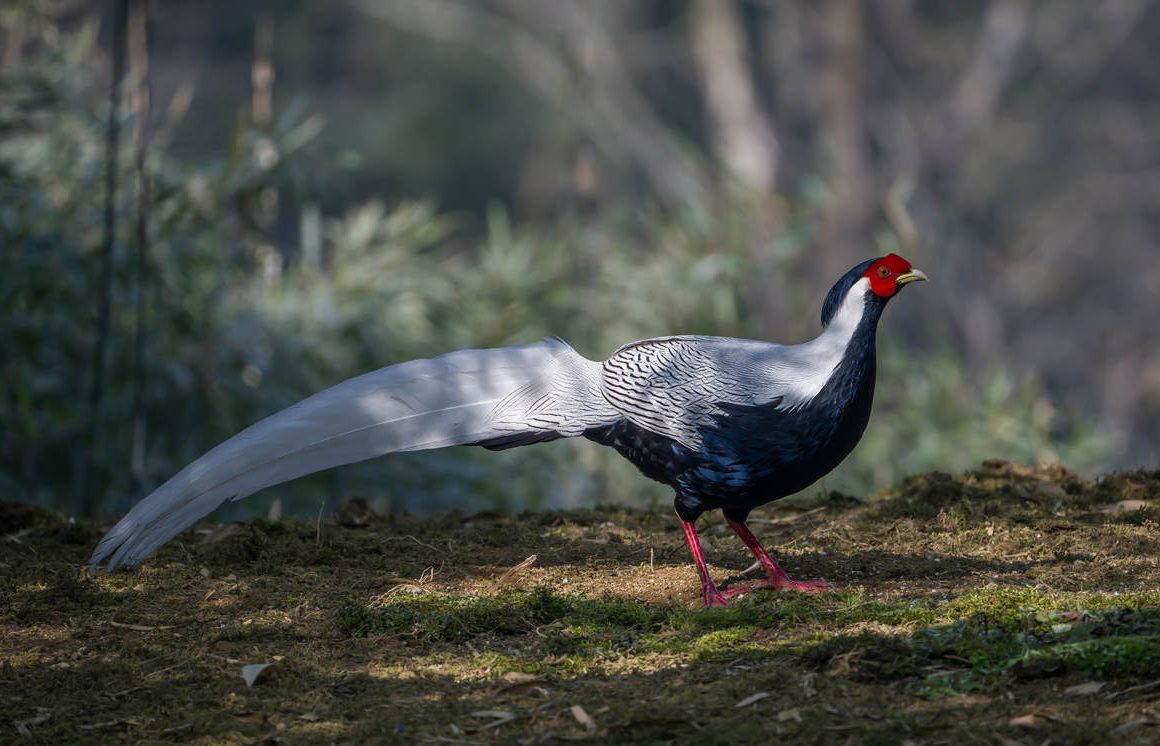
Yibin is a typical smallish Chinese city (which in China means slightly above 850,000 people in the metro area, which would make it the fifth-biggest city in Germany but does not get it into the top 100 in China). Birders come here for Laojunshan National Park, a location famous for the rare and endangered Sichuan Partridge, which I only heard during my stay here (again with Bella and Philip from Alpinebirding).
As sound photography has not been invented yet, I will therefore focus on the other birds encountered here.
The eBird cartoonists call the Spot-breasted Parrotbill a “bulbous-headed brown bird with a comically large bill”. As a foreigner living in China and thus used to having my nose size ridiculed, I definitely feel with the parrotbills.
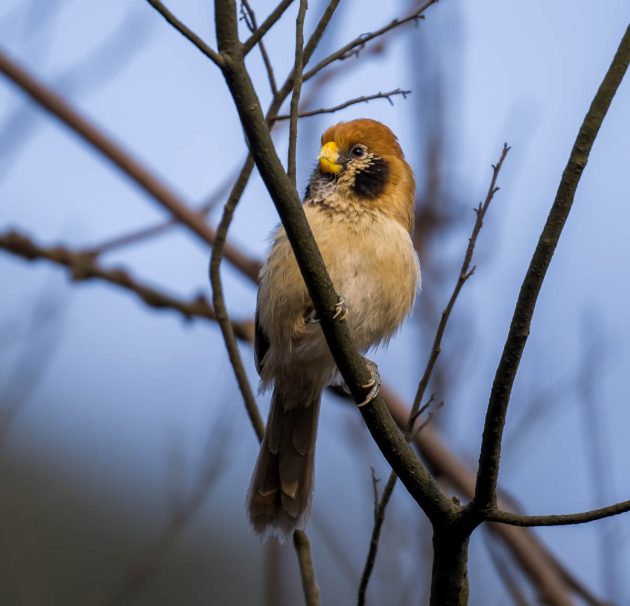
(Unfortunately, the folk myth associating male nose size with the size of certain reproductive organs seems to be less well-known in China. What a pity.)
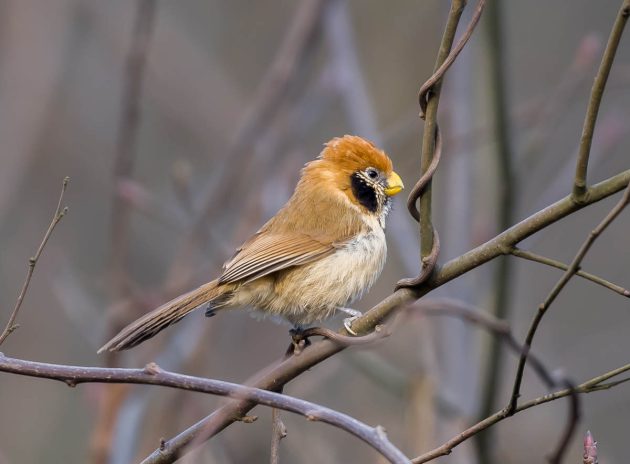
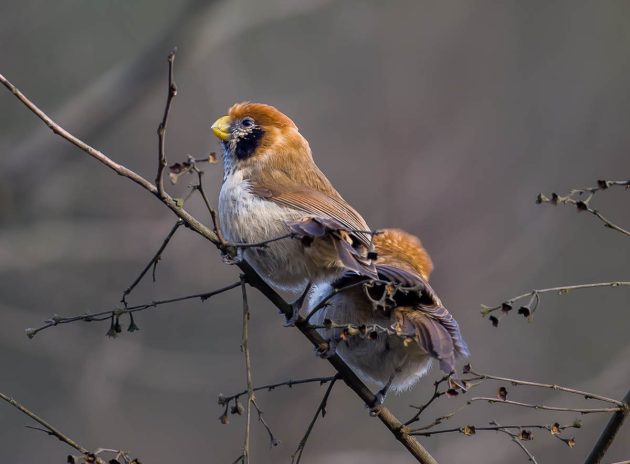
In contrast to being amused by the Spot-breasted Parrotbill, eBird seems to be slightly creeped out by the Ashy-throated Parrotbill we saw at the same spot: “A small long-tailed bird with vaguely unnerving pale eyes”.
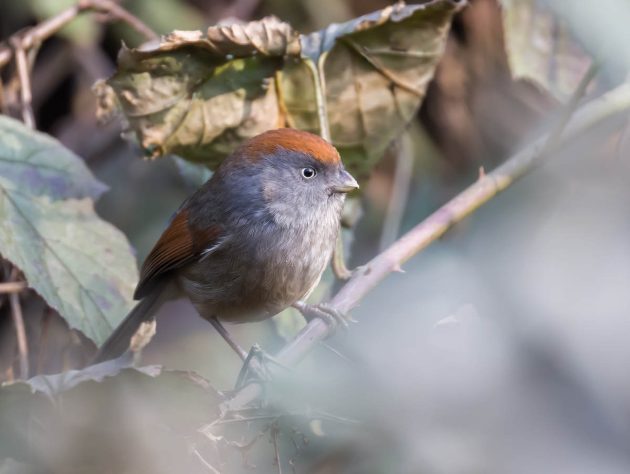
Unfortunately, this bird is heavily traded in places like Guiyang (source).
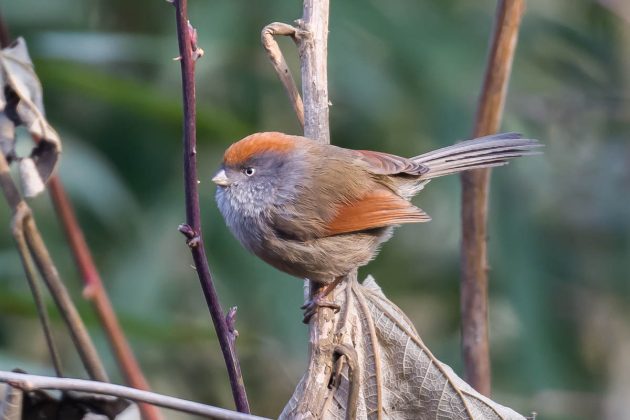
The Latin species name alphonsiana refers to Prof. Alphonse Milne-Edwards (1835-1900), a director to the National Museum of Natural History in Paris, whose study of bird fossils led to the discovery of tropical birds such as trogons and parrots from prehistoric France.
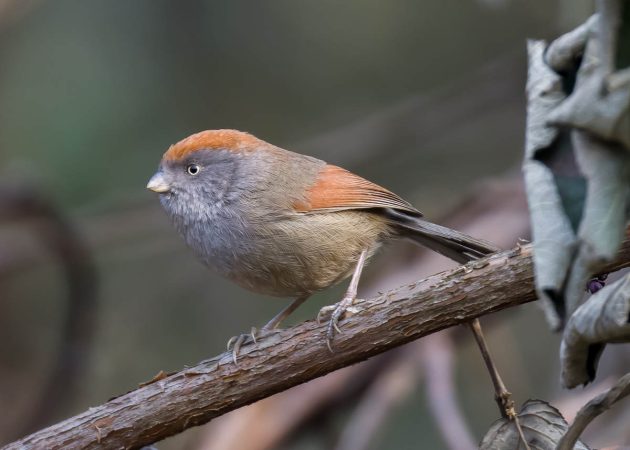
Of course, the Red-billed Leiothrix is a species native to Sichuan – in Britain, it is now discussed whether to regard it as an invasive species (source).
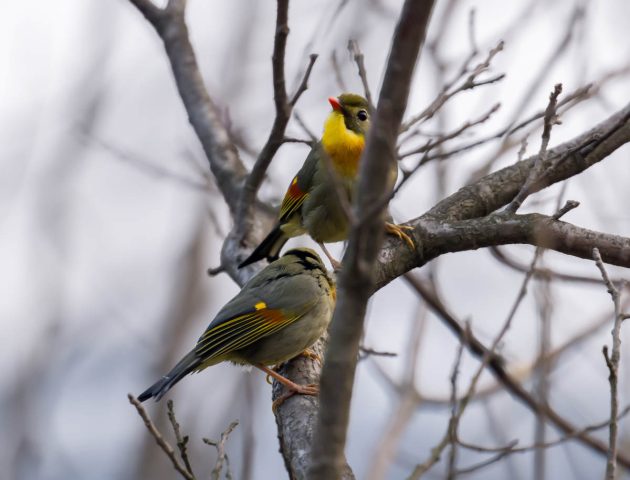
It seems that the Red-billed Leiothrix can be vocally dominant (it accounts for 37% of an entire bird community soundscape in northern Italy) and can influence the singing behavior, particularly of native Eurasian Blackcaps and European Robins (in Portugal and Italy).
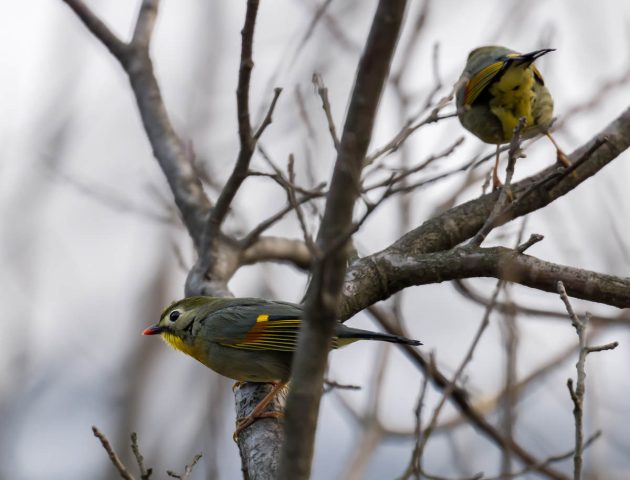
eBird admits that the black chin of the Black-chinned Yuhina is “not very noticeable”.
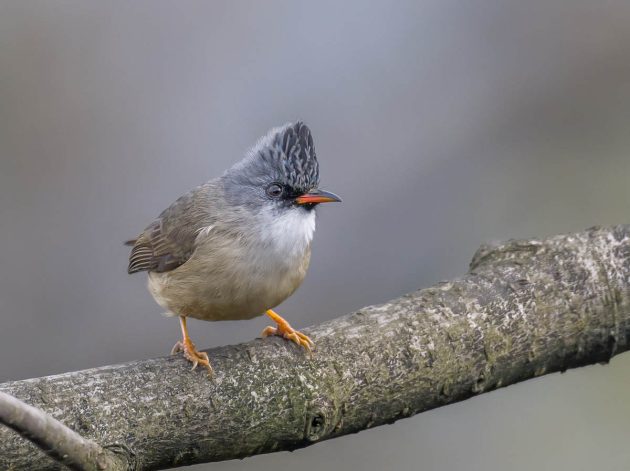
But it is a cute bird. And who wants birds with highly visible Hitler mustaches anyway?
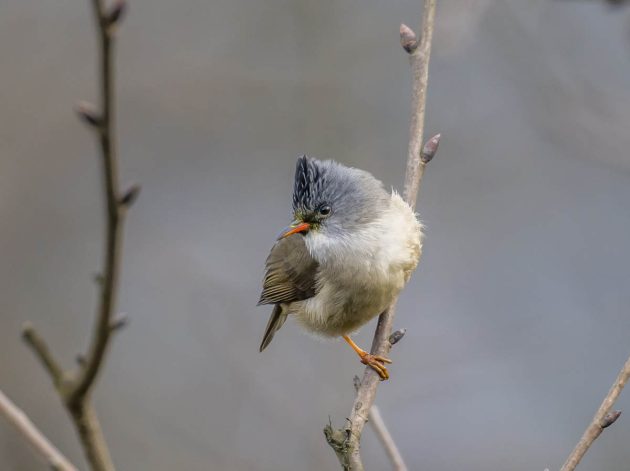
The Silver Pheasant sometimes feels inferior to the Golden Pheasant but relishes its superiority over the Bronze Pheasant.
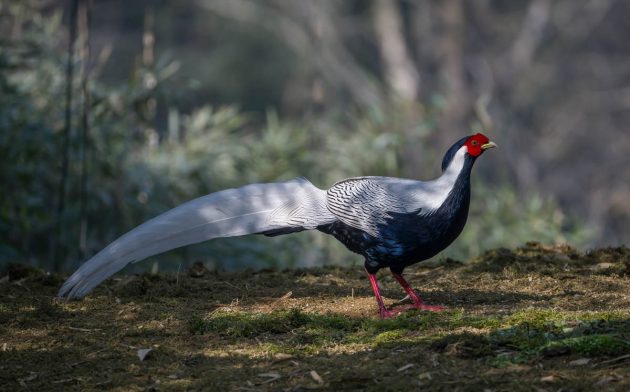
And its eBird description as a “large and spectacular pheasant”, which – you guessed it – probably refers to the male. But then, would a lady pheasant be pleased to be described as “large”?
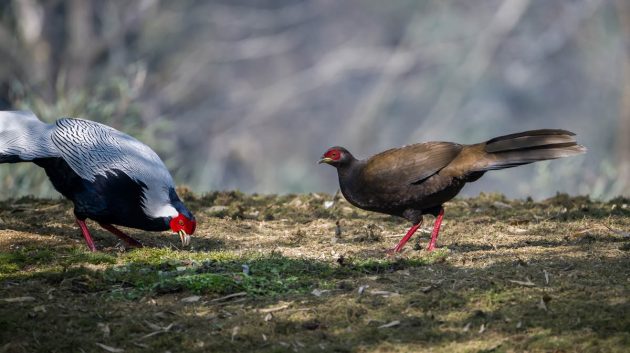
According to the McMurray hatchery, the “Silver Pheasant is considered a good ‘starter’ breed for people who want to learn more about raising pheasants”. Hm. What a weird world. Better watch them in the wild. Saves 187.5 USD for a juvenile pair, too … at least there is no rebate on bulk buying, 16 pairs cost 3000 USD.
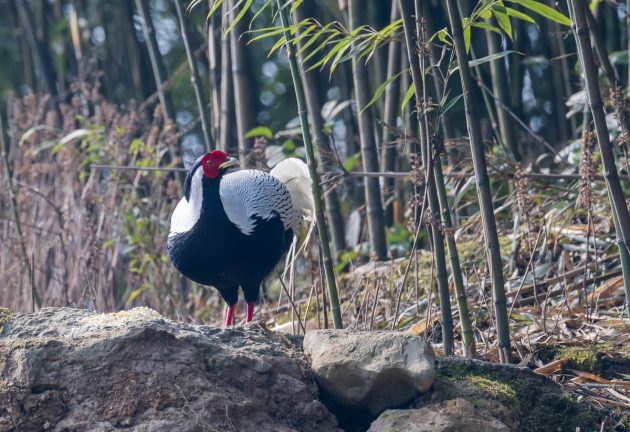
There may even be some reverse sexism among the customers of the hatchery – the Q&A section of the website has the following passage: “Q: Would I be able to get 2 females of the silver pheasants at this time? A: No, the silver pheasants are only available in pairs at this time.”
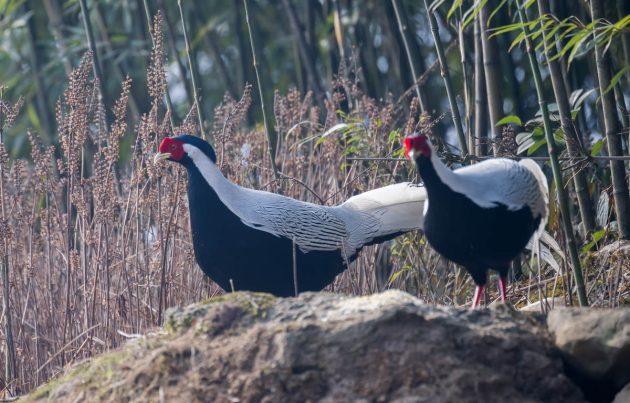
Fortunately for males, in Fork-tailed Sunbirds, sexism is still alive and well. In other words: I was disappointed to only see the female at Yibin.
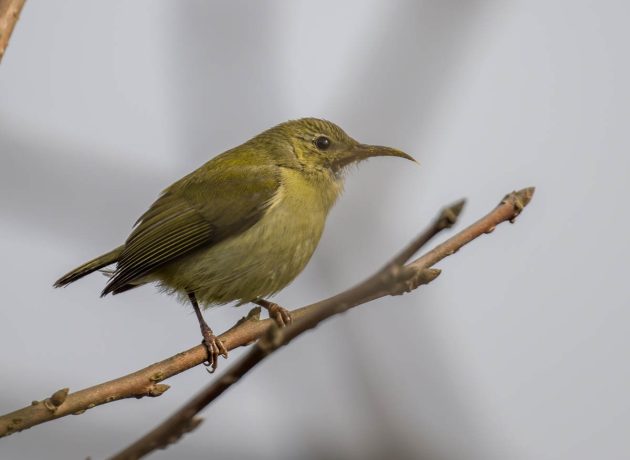
And it doesn’t even have a forked tail.
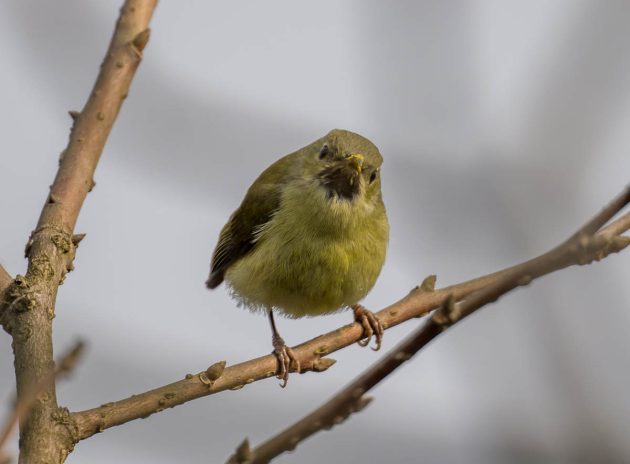
While the Buffy Laughingthrush is a nice-looking bird, its Latin species name berthemyi is quite unfortunate.
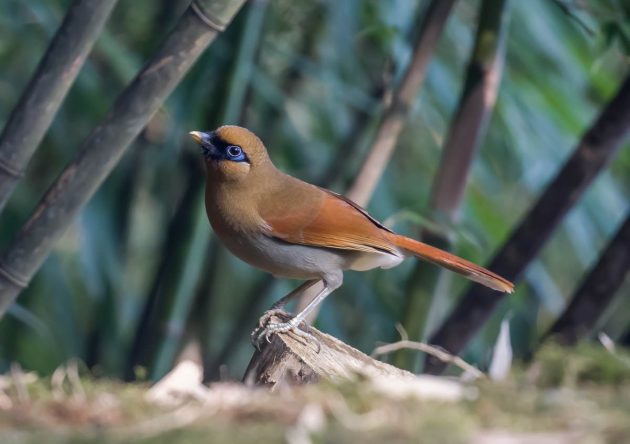
The name is to honor Jules François Gustave Berthémy (1826-1902), a French diplomat who as the head of the French delegation to the USA after the Civil War, overcome by his aversion to the idea of new freemen, feared that a “race war” would bring a “black oligarchy” to power (source: “France and the American Civil War – A Diplomatic History”, ISBN 9781469649955).
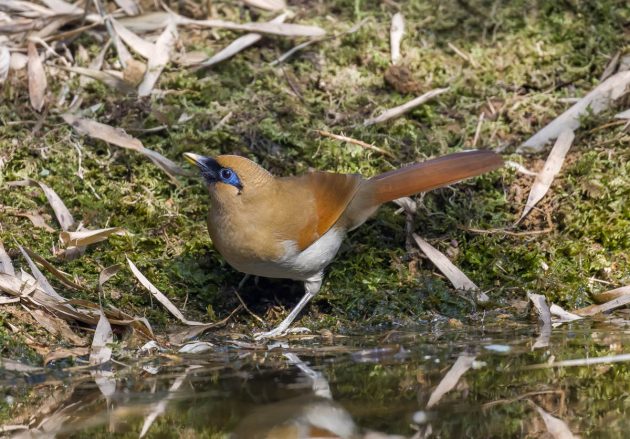
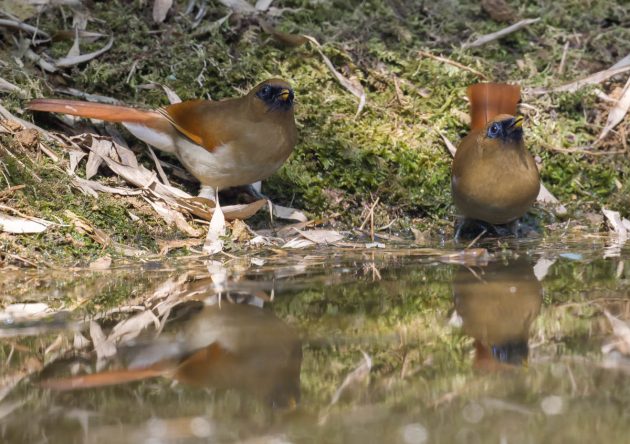
Another person nobody should ever have named a bird after.
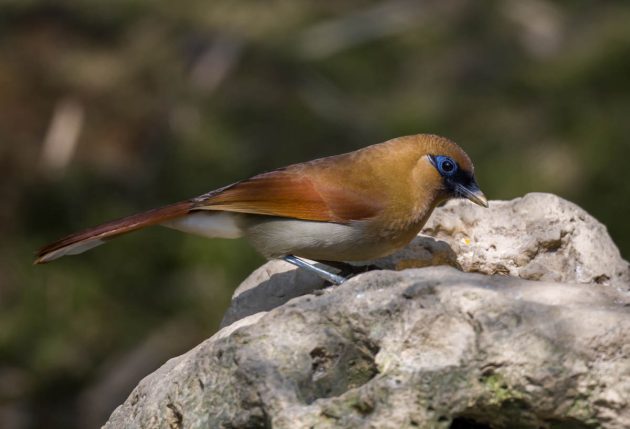
A few Spotted Laughingthrushes were traveling alongside the flock of Buffy Laughingthrushes.
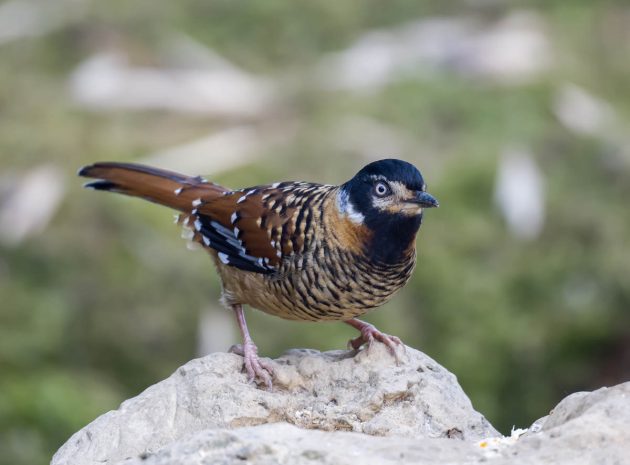
Indeed a “handsome, large laughingthrush” (eBird).
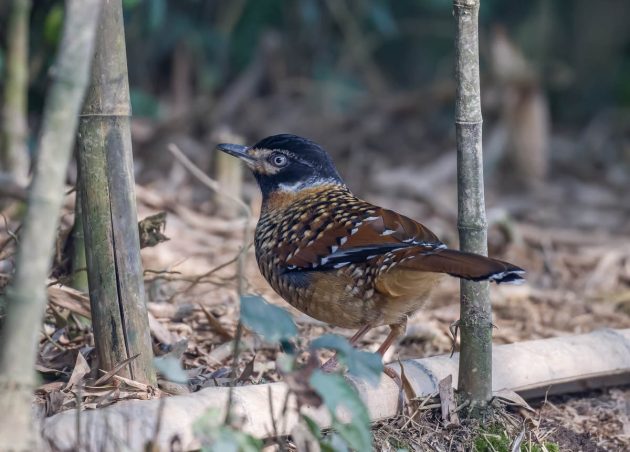
The Latin species name ocellata (“marked with eylets”) for once works reasonably well.
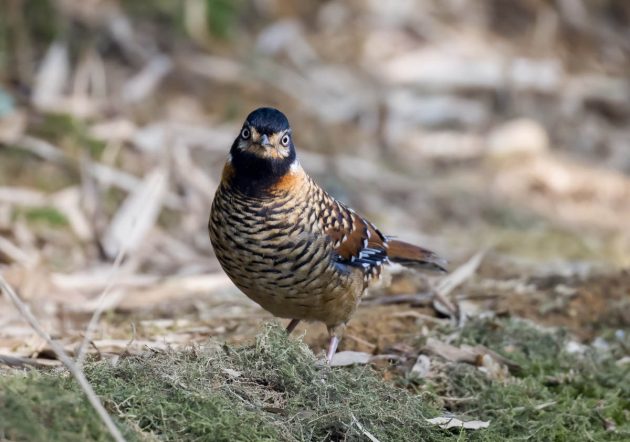
eBird calls the Chinese Bamboo Partridge a “loud and colorful partridge”.
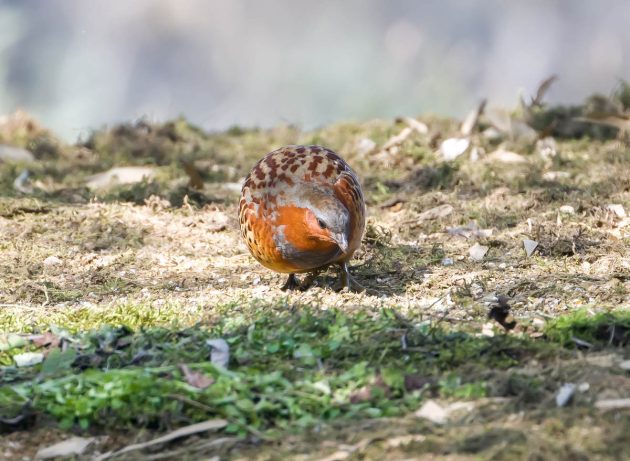
The species name thoracicus (“of the chest”) presumably refers to the grey-blue color of the bird’s breast.
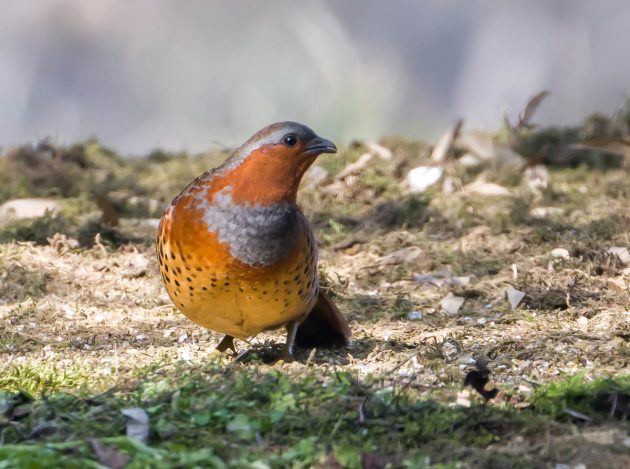
Somewhat counterintuitively (at least to me), the genetic diversity of Chinese Bamboo Partridges was higher in a more stable climate regarding rainfall and temperature (source). However, it is not clear to me why a paper on such a topic was published in the “African Journal of Biotechnology”.
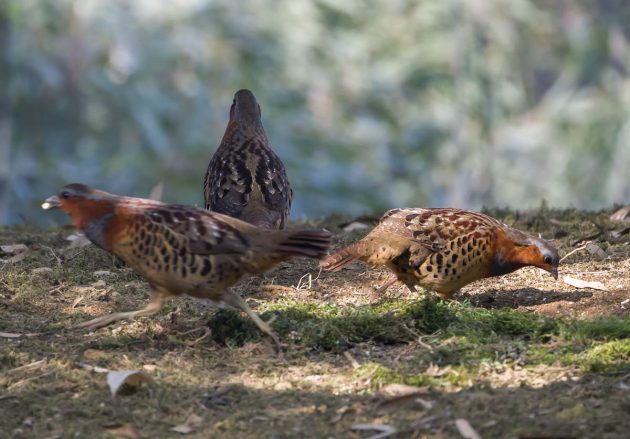
The Mountain Bulbul is also described as a loud bird – specifically, a “large, noisy, conspicuous bulbul” (HBW).
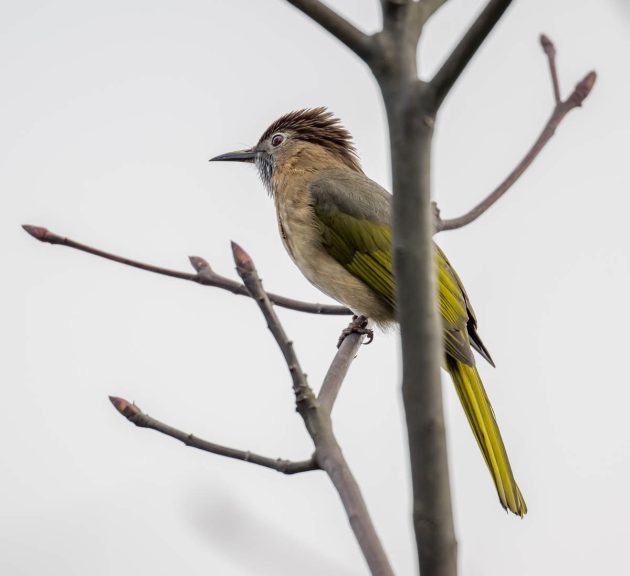
The Latin species name mcclellandii refers to John McClelland (1805-1875), a British zoologist and geologist who – as you might expect for a British person – in 1835 was sent to north-eastern India to check if tea could be grown there (source).
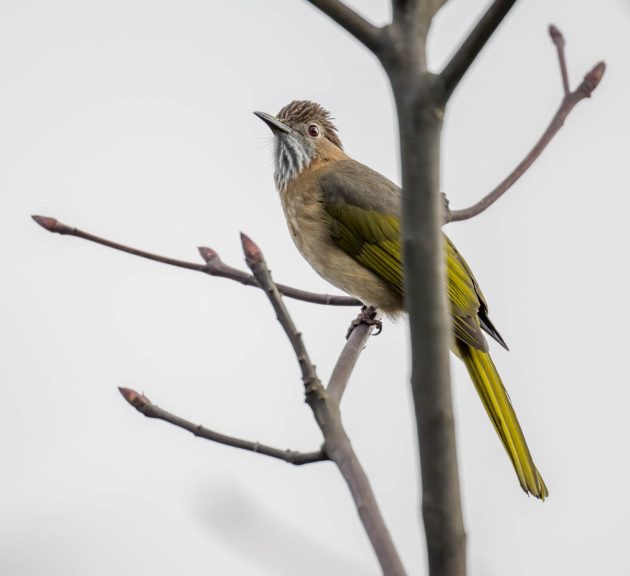
It seems he was mostly an ichthyologist, which makes naming a decidedly non-fishy bird after him a bit weird.
True to its name, the Mountain Bulbul was seen at a much higher elevation than the Brown-breasted Bulbul also encountered at Yibin.
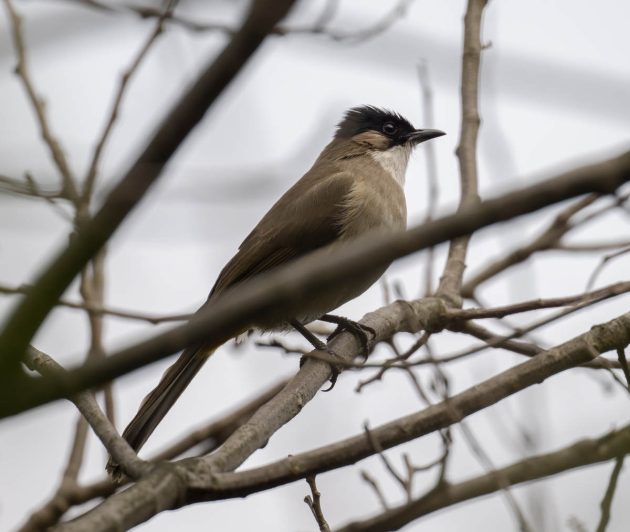
It seems some Chinese researchers had an interesting hypothesis – maybe cleaning up a nest (“nest sanitation” to the ornithologists) would also make it easier for the parasitized bird to eject an egg laid by a parasitizing cuckoo. So, they recruited some Brown-breasted Bulbuls eager for some extra income and divided them into two groups (for once, grad students were not suited as experimental subjects). In one group, they added a blue egg to their nests. In the other, they added both such an egg and a peanut half-shell.
The peanut shell was quickly ejected by all bulbuls in that group – unfortunately (for the researchers presumably eager to verify their hypothesis), the rejection rate of the added egg was the same (slightly above 50%) for both groups. So, taking out the trash seems not to help you get rid of other crap, such as a cuckoo egg. Keep that in mind when somebody (Marie Kondo?) stresses the importance of order.
On the other hand, some order is a good thing when doing bird photography. Unfortunately, some mammals regularly disturb this order with their photobombing.
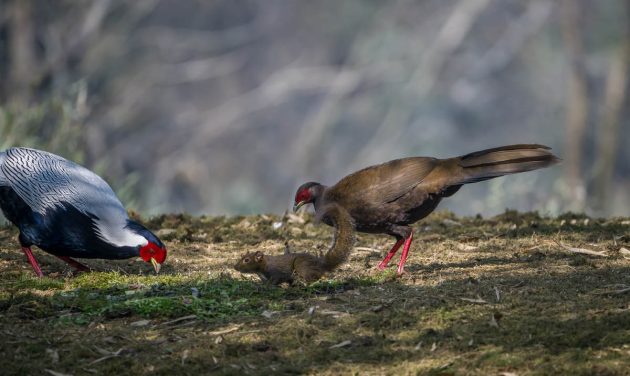
Well, mammals, what do you expect?
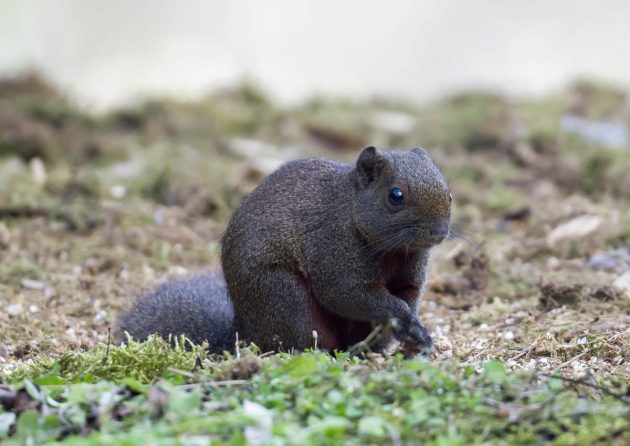
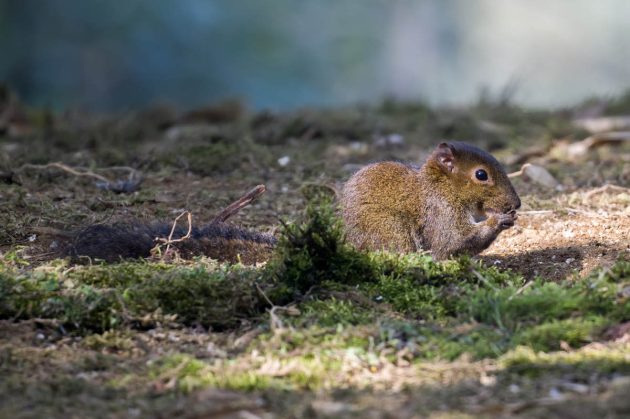













About the Chinese Bamboo Partridge: Its call/song? is like the Chinese word “dizhupo“ (meaning landlady) thus it has this nickname.